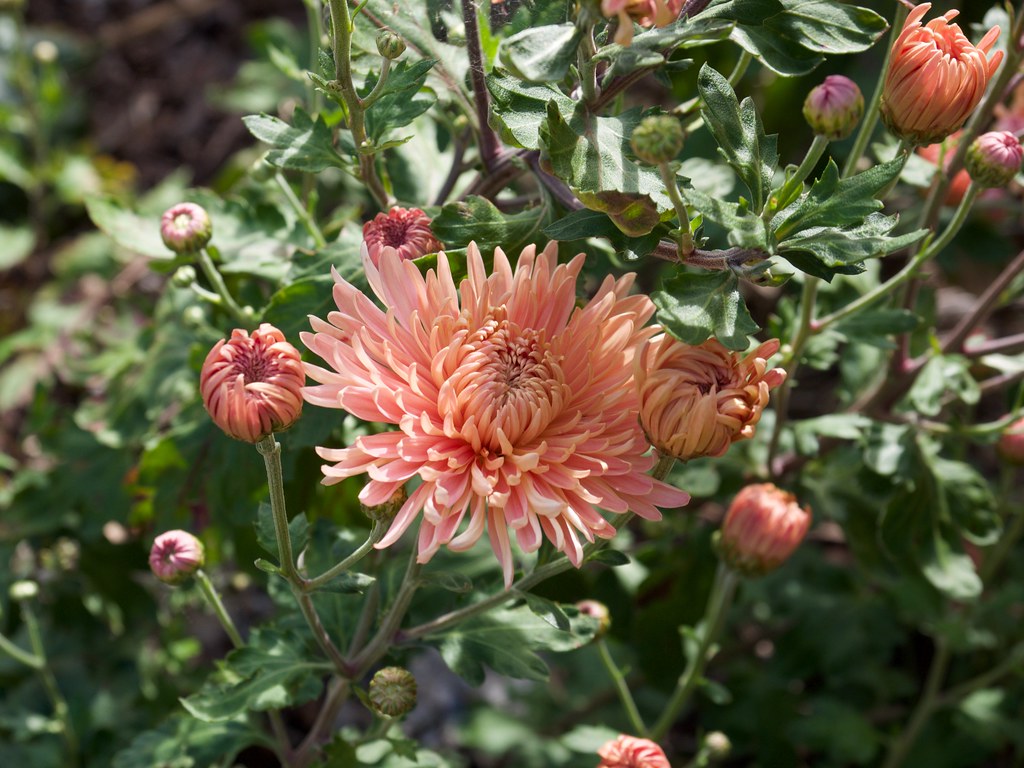 I have a principle, and it is only a theory, that is your worm farm container should be created from wooden.
I have a principle, and it is only a theory, that is your worm farm container should be created from wooden.I've seen metal containers that resemble giant jugs of water which are metal. I've additionally seen the plastic containers which appear to be storage bins you use in your garage. I have used all them, and the best compost and the quickest reproduction of worms at all times seems to occur with a wood bin.
If you're solely doing this as a sideline and for therapy or just for a easy interest, then a plastic container will do the trick.
Making this all work, with wooden, plastic or metallic is actually as much as the maintenance of your farm. Wooden does work the most effective as it's more earthy, and extra natural to the worms.
You need to ensure the worm farm is really moist. I like to maintain it more moist than dry, but not moist sufficient to drown the worms. Worms cannot swim too effectively. But when you have the dirt a bit extra moist than typical, that's good, and it'll take extra time to dry out.
Then again, dry filth will dry up the worms, and they'll die quickly. They also stay beneath the grime, in a cool, moist, dark atmosphere, which they love, so keeping the dust moist all the time is finest.

After getting the farm ready and the grime able to go, you'd add your worms, and they'll eventually go beneath the filth. They really transfer underneath the grime pretty quick if its moist enough. You can always tell if the dust is moist sufficient for them by the way the react if you place them into your farm.
Now, setting up the containers are simple. I wish to take two containers (if doing vermicompost), inserting them one on prime of the opposite, with the highest one having holes in the bottom. Now I place the food scraps on prime of that dust, and let them do their thing.
As soon as the worm farm grows, I add a third container to the highest, add filth blended with egg shells (really tremendous egg shells) and us that field on prime for the meals. I additionally transfer the food round when inserting it into the top field, to idiot the worms into considering its a new area with new meals, it works nice and I by no means have a worm hunger strike.
So now you have got the urninal (bottom box) the bedding and living space (the middle field), and the food space (the top field) and a wholesome and blissful worm farm, providing you with vermicompost so you possibly can grow your personal food, in a very healthy fashion.
My greatest tip is all the time to test the worms and see if they're moving around, or not, and ensure the dust is moist and the food is moved to a unique part when it's feeding time.
0 Comments